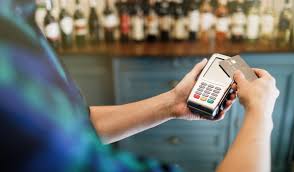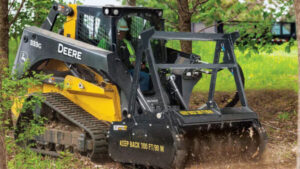Debunking 3 Common Safety Misconceptions About Contactless Credit Card Readers
3 min read
Contactless payments are growing increasingly popular. They are used in all sorts of settings from taxi payment solutions to retail store counters. Despite the popularity of contactless payments, many people have misconceptions and misgivings about them, especially regarding security. Fortunately, most of these concerns are merely misunderstandings.
1) It Is Possible To Make Accidental Payments
A lot of buyers are concerned that it is possible to make accidental payments. For example, they worry that they could pay another customer’s bill by mistake. Alternatively, they may worry that they could pay multiple times in error. Merchants are concerned about these issues too and think that such risks could frighten and frustrate customers.
However, this is not the case. First, wireless credit card readers and POS systems are designed not to accept the same transaction multiple times. If multiple cards are presented, the reader may show an error or even void the transaction. Furthermore, the cards need to be close to the machines. So, an accidental payment is very unlikely – no more so than a swipe or chip card.
2) Credit Card Information Can Be Intercepted
Some people are concerned that thieves and fraudsters may intercept the transmission from the card reader or that they may somehow read the contactless communication between the card and reader. Fortunately, this is very unlikely to happen. Even if it did happen, there would be no lasting damage from the interception.
First, it is difficult to read the transmission in the first place. Again, it is a near-field communication and requires the card to be very close to the machine. Successfully intercepting the signal is difficult. However, even if a thief were to do so, there would be little he or she could do with the information. The card includes a one-time authorization code with the transactions that is automatically updated for the next transaction. Therefore, the data from the first transaction would be largely useless.
3) Merchants Cannot Verify Authorized Use of the Card
Historically, cards have used signature or ID-card verification processes to help ensure that the person making the purchase is the cardholder. This makes some people worry that in a contactless payment setup, the card could be used by an unauthorized person. However, the same safeguards are in place for contactless cards as with swipe and chip cards.
Whether the transaction is at a terminal, online or being processes on a handheld device such as a Clover Flex, the merchant has several options for verifying identities such as addresses, signatures or IDs. Plus, credit card providers have anti-fraud systems in place. In short, there are few security risks associated with contactless cards and they are no more significant than those of other cards.
Learn More
Discover more about misconceptions regarding contactless security. Both merchants and buyers can feel confident that transactions will proceed smoothly without fraud or interception. In the rare event that something goes wrong, there are systems in place to correct the issue. Overall, this is a secure payment method that everyone involves should feel good about using both today and in the future.





